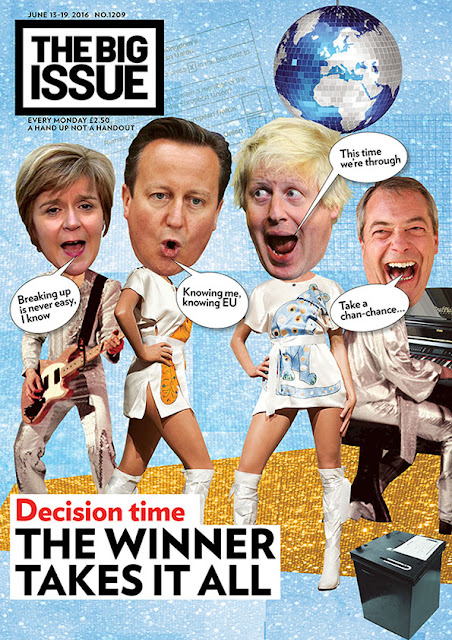Revision: Newspapers and Political Bias
https://media.edusites.co.uk/article/what-is-news/


The table above is intended to give a rough idea of a newspaper’s political bias / leaning. A paper’s allegiance can change. Can you consider why this might happen?
A newspapers political allegiance can change based on the ownership of the newspapers so the owners views and political pressure put on the owner can influence the political allegiance and content of the newspaper.
Traditionally The Labour Party have been firmly on the left and have branded themselves in red whereas The Conservative Party have been firmly on the right have and have branded themselves in blue.
When New Labour (led by Tony Blair) came to power the Labour Party adopted a more centralised position whilst still leaning to the left and The Conservative Party (led by David Cameron) adopted a more central position whilst still leaning to the right. This has changed again recently with The Conservative Party moving more towards the right (as Teresa May has responded to the post-Brexit changes to the political landscape) and The Labour Party moving back towards a more traditional left (as Jeremy Corben represents a more socialist politics).
‘The Left’ is associated with ‘Liberalism’ (L) - ‘Socialism’ (L+) and ‘Communism’ (L++). This means that people who represent this party - Labour’s Members of Parliament (MPs) - and those who vote Labour share a set of values and ideology that tend to be more liberal. People who vote Labour are sometimes referred to as being more ‘Left Wing’. Communism would be an extreme left position.
‘The Right’ is associated with ‘Conservatism’ (R) and ‘Nationalism’ (R+). This means that people who represent this party - The Conservative Party’s Members of Parliament (MPs) - and those who vote Conservative share a set of values and ideology that tend to be more conservative. People who vote Conservative are sometimes referred to as being more ‘Right Wing’. Nationalism (BNP) would be an extreme right position.
Task: Revise these key points about the Political Landscape in the UK and then answer the following questions in your notes.
Consider what would some examples be of more liberal values / opinions? Why would someone vote Labour?
Consider what would some examples be of more conservative values / opinions? Why would someone vote Conservative?
‘The Right’ is associated with ‘Conservatism’ (R) and ‘Nationalism’ (R+). This means that people who represent this party - The Conservative Party’s Members of Parliament (MPs) - and those who vote Conservative share a set of values and ideology that tend to be more conservative. People who vote Conservative are sometimes referred to as being more ‘Right Wing’. Nationalism (BNP) would be an extreme right position.
Where do other parties fit in to this Left - Right continuum (e.g. Liberal Democrats, The Green Party, UKIP, etc.)?
Why would a group of people (e.g. a political party) change their stance in terms of key issues?
Why would an organisation support a certain political party through its media products?
Now look at the two newspapers below and write a comparative analysis of the political ideology of each newspaper based on the articles.
DAILY MAIL
Right-leaning with traditionally conservative values. The Daily Mail uses the quotation 'mission accomplished' to show their milatory values and nationalist ideas.
Theyve not comnedmed Mays decision to bomb syria or not gpoing to parliment which maks the paper seem like they agree with Myas decision to do this, much like the older generation of the daily mails readers.
Emotive language 'blasts' to make it seem like a job well done and that the RAF have done their duty.
INDEPENDENT
Takes a centre-left stance, but does not traditionally associate with any one party.It uses facts and objective language, not taking stance or portraying their views.



Comments
Post a Comment